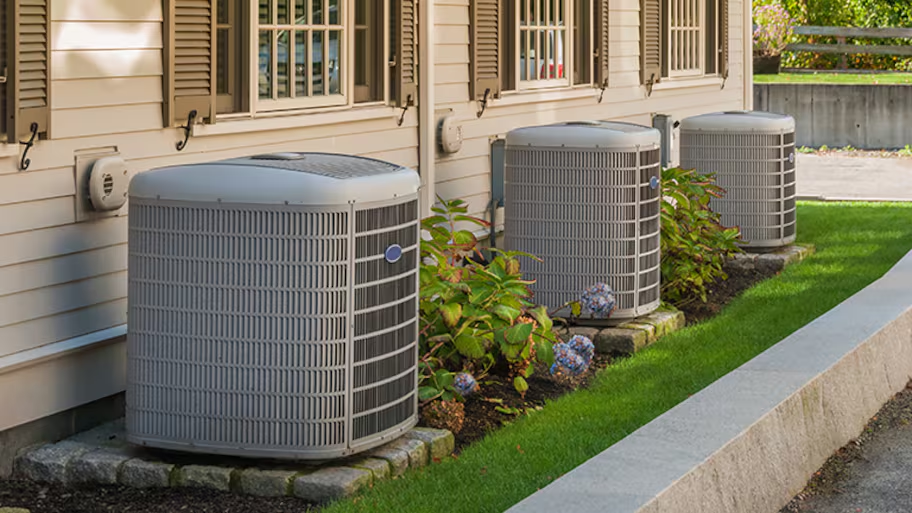
What you’ll pay in Columbus, OH, for furnace repairs depends on many factors. Here’s a breakdown of what can go wrong and the cost to fix those issues.
Pool your knowledge by learning all the reasons your dehumidifier might be leaking


A loose water stopper or a clogged or damaged discharge hose can cause a dehumidifier to leak.
Other causes include an overflowing water tank and placing the unit on an uneven surface.
A dehumidifier should last between 4 and 9 years.
Why is your dehumidifier leaking? Portable dehumidifiers make it easy to control humidity in targeted areas of your home, but if they malfunction, you can end up with water on your floor. Here’s a look at five common reasons why your dehumidifier is leaking and what to do about it. (Note that this article only covers portable dehumidifiers; whole house dehumidifiers will need to be checked by a pro.)
The water stopper is usually attached to the dehumidifier and plugs or covers a spout protruding from the appliance. If you’re using a drainage hose, it may be attached to this spout. Over time, the stopper can become loose or degrade and allow water to drip from the machine; fortunately, these parts aren’t expensive to replace.
Make sure the stopper is firmly attached to the draining spout and there’s nothing preventing it from working correctly.
You may need to replace it if your appliance is older or you use it often.
On many units, you can choose whether to discharge the water into a holding tank or down a drain. Either way, there should be a drainage hose allowing this. Check to make sure it isn’t cracked or clogged and is secured properly to the dehumidifier.
Check for kinks in the hose. Straighten it if necessary.
Clear any blockages.
If the hose is damaged, you can replace it for very little money.
Ensure the hose is properly attached to the dehumidifier.

Another common cause of dehumidifier leaks is an overflowing water tank. There are sensors (often a simple floating mechanism) that measure the amount of water in the tank. These sensors can fail, causing the appliance to think the reservoir is empty.
Make sure the water tank is correctly installed every time you remove it.
Make sure the switch or sensor is functioning properly.
Empty the tank often to relieve pressure on the sensors or float switch.
If you move your dehumidifier, it can start leaking for no apparent reason. What you might not have considered is your unit might not be on a completely level surface. Water will always run downhill, so if one corner of the dehumidifier is lower than another, it can cause leaks. Over time, this could even damage internal components.
Use a bubble or laser level to check your floor. In a pinch, a smartphone can check as well. However, it won’t be as accurate.
Next, use the level to check the top of your dehumidifier. If it isn’t level, check the legs: You can adjust the height of each leg on many units to compensate for uneven ground.
If something inside a portable dehumidifier breaks, it often isn’t worth the cost to repair it. The most common issue is an aging motor, which costs around $40 to replace. But if the dehumidifier is older than a few years and the motor fails, you’re better off simply purchasing a new machine, as other components will likely start failing soon.
Look up the average lifespan of your dehumidifier. If yours is near the end of its life, it’s probably time for a new one.
A new dehumidifier may actually save you money in the long run due to advancements in energy efficiency.
An HVAC repair pro near you can help you weigh your options.
From average costs to expert advice, get all the answers you need to get your job done.

What you’ll pay in Columbus, OH, for furnace repairs depends on many factors. Here’s a breakdown of what can go wrong and the cost to fix those issues.

Gas furnace replacement costs depend on the type of furnace you want and installation fees. Our guide explains all the factors involved in a new furnace cost.

HVAC replacement costs depend on a lot of factors, like unit type, size, and labor. See what you can expect to pay for HVAC replacement here.

When you notice hot and cold zones in your home, it pays to learn how to balance airflow in your ducts to even out the temperature.

If you’re having issues with your heating and cooling system, it’s probably time to discuss these heat pump questions with your HVAC pro.

Learn about the different types of electric furnaces to decide why you would use one and which option is best for replacing your home heating system.